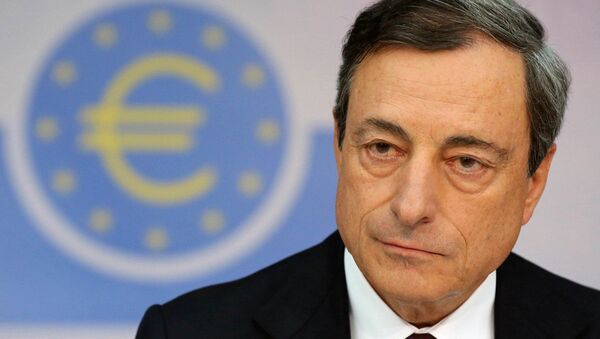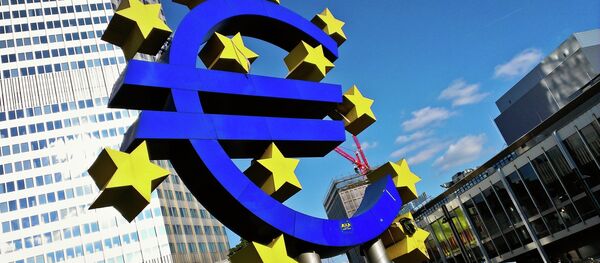“An unfortunate consequence of the mechanism through which QE operates is that, since the rich own more assets than the poor, they are likely to gain more,” Alasdair Cavalla, an economist with the Centre for Economics and Business Research explained Sputnik on Monday.
He noted that this also challenged QE’s efficacy since the rich had been less likely to spend their gains and stimulate the economy.
Jeffrey Sommers, an associate professor of political economy at the University of Wisconsin-Milwaukee agrees, saying that the chance of creating asset bubbles and widening the inequality gap “increases the more you make recourse to QE.” At the same time he admitted that the quantitative easing program is “better than doing nothing, but does not get at the real issue.”
“QE works partly through raising the value of assets. When markets are not feeling particularly exuberant, as at present, the risk of an asset bubble is substantially lower and it has to be weighed against the risks of doing nothing – which, if it leads to stagnation, is a serious one,” Cavalla added.
The launch of Draghi’s “bazooka” has its critics and supporters, with many arguing that structural reforms are essential to ensure economic prosperity in the euro area.
He added that debt write-offs and stimulus through more spending on infrastructure and research are needed to kick-start the European economy, including the writing down of Greece’s debts. “Without this (and Germany still opposes it) chances for improvement are small,” Sommers said.
Cavalla too, backed QE as a potential remedy, though imperfect, and suggested that additional fiscal stimulus was necessary, “but the likelihood of this is rather low given the prevailing political orthodoxy.”
On the back of the ECB’s QE, the single currency hit a twelve-year low, getting close to dollar parity. At the same time, according to Sentix, investors’ assessment of the current situation in the Eurozone is steadily improving.






